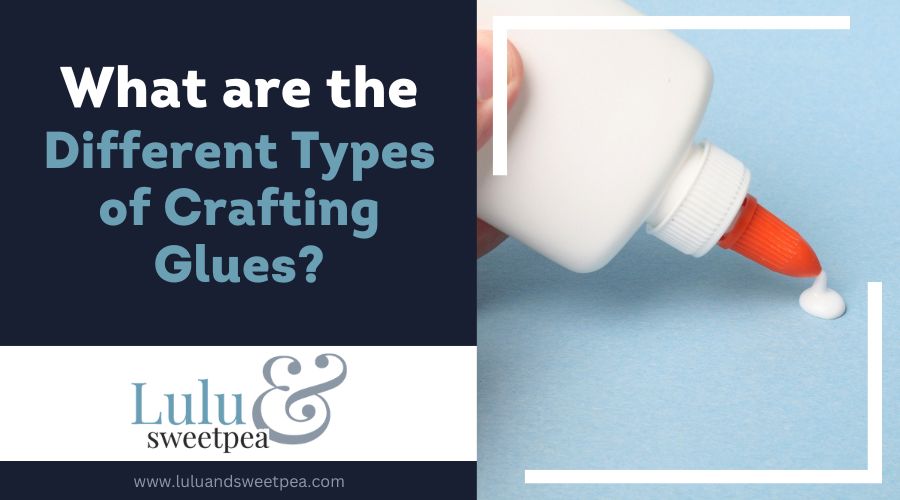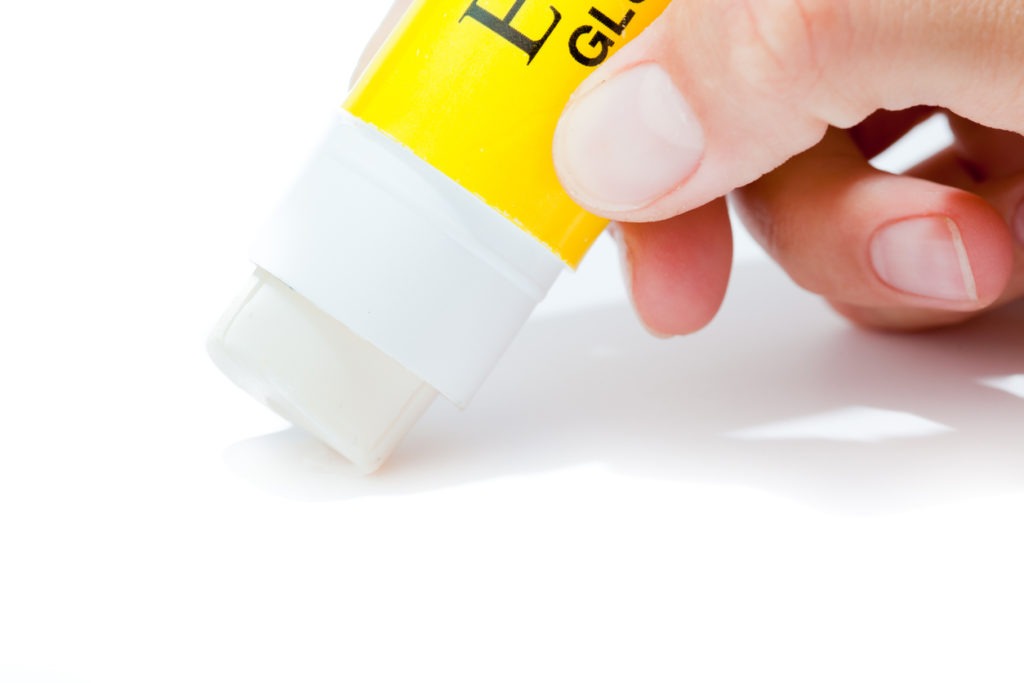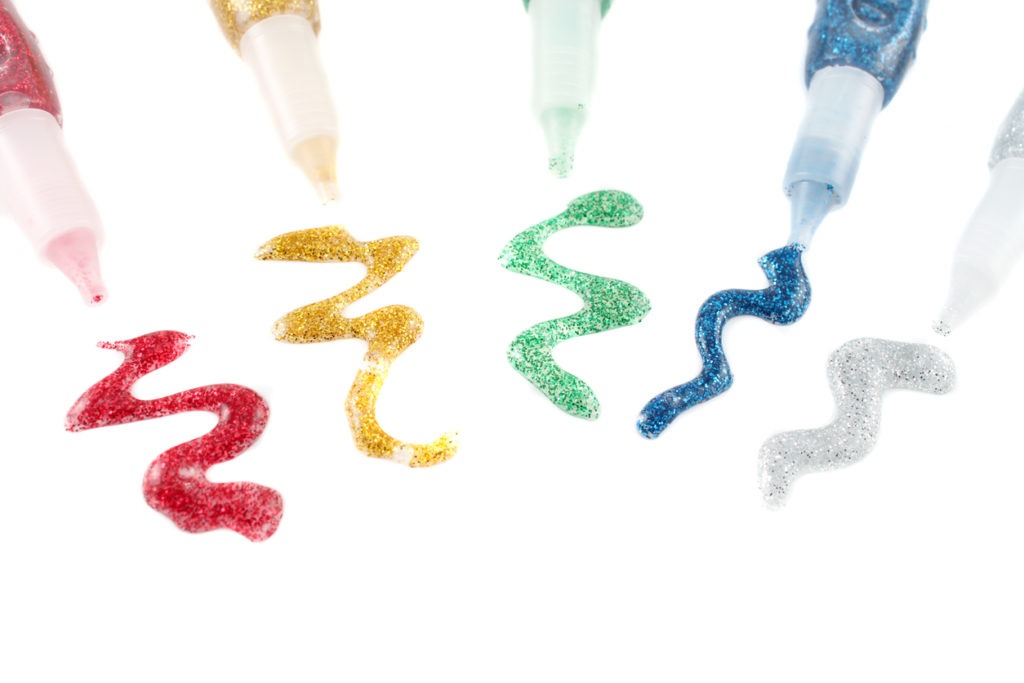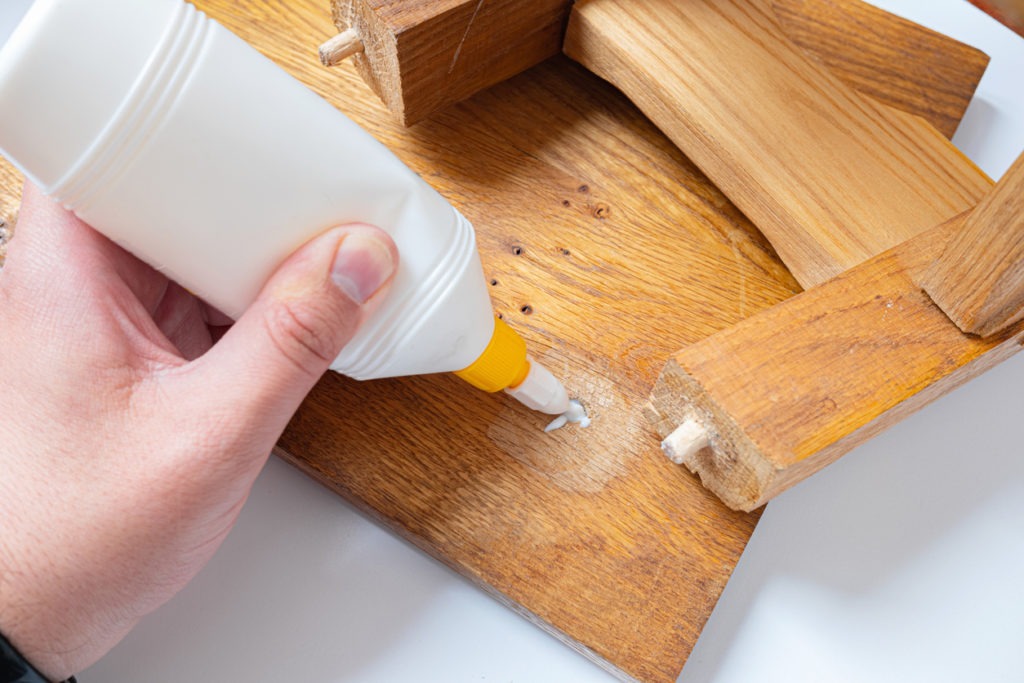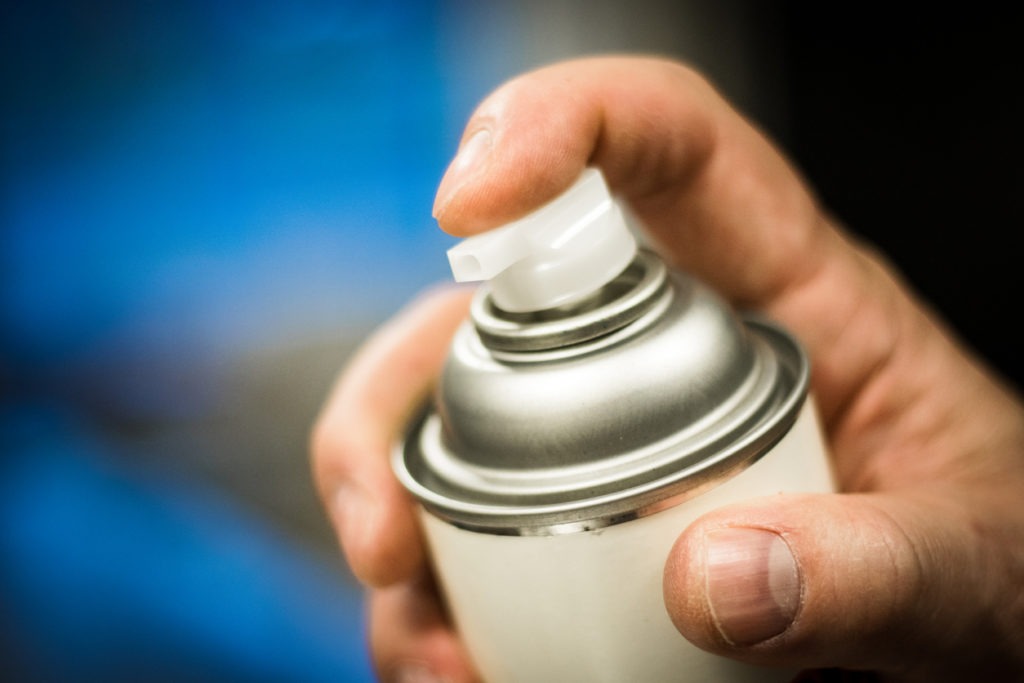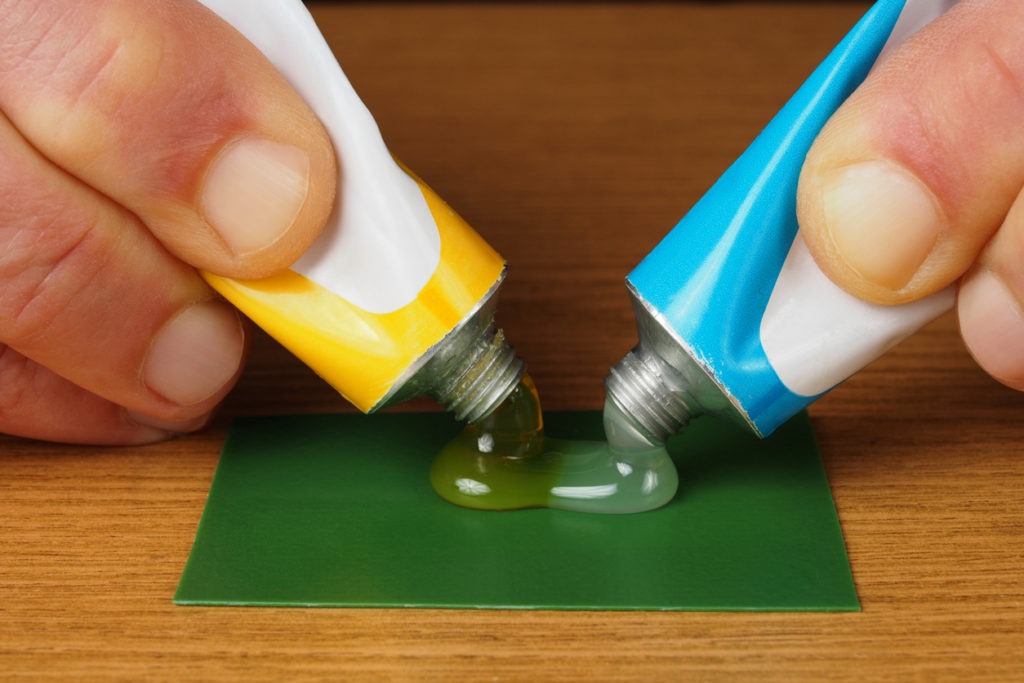Glue is one of the most crucial supplies to keep on hand when crafting. It will assist you in assembling creative supplies including paper, wood, and other ornamental elements. There are numerous varieties of glue available whether you go to stores or conduct an online search. They are available in many types, sizes, and shapes. It’s critical that you get dependable high-quality glue for all of your craft and other project needs.
Some glues work better for crafting cards, while others are used for fabric assembly and home décor crafts. How would you know which glues to utilize for the project you are working on or plan to work on soon if you had this information? Continue reading as we provide you with a guide to the various kinds of crafting glues available today.
1. PVA Glue
This glue is arguably the most adaptable one available. Why? It’s because you can use it on a variety of surfaces, including cloth, paper, card, wood, and plastic. Additionally, PVA glue is solvent-free. Sandstone and other porous building materials benefit from its usefulness as glue. The best adhesive to use if you’re working with kids is PVA.
2. Decoupage Glue
In arts and crafts, mod podge or decoupage glue is fairly common. It is ideal for use with tasks involving paper mache. Fabric and paper are joined together on various surfaces using this adhesive, sealer, and finish all in one. This glue’s ability to dry quickly enabling multiple coat build-ups is one of its best features. Additionally, it is the ideal choice for decoupage and other crafting tasks.
3. Glue Stick
Glue sticks are ideal for scrapbooking and paper crafting. These craft glue tubes for light adhesion are compact and well-organized. Glue sticks are more practical than other liquid-based glues since they dry significantly more quickly. They also have a quick adhesive, are easy to clean, and are safe to use. It is a fantastic option for kids’ craft projects as well.
4. Glue Gun
Heavy-duty applications typically call for the use of a glue gun. Hot melt adhesives are used and dispensed using this portable apparatus. They must exercise extreme caution and attention since they work in hot environments. Making home decorations and other larger, heavier crafts is possible using a glue gun.
5. Glue Dots
Every paper crafter needs to have them. They can be applied in a variety of ways, including arts and crafts, adhering ornamental scrapbooking elements to paper, and more. This kind of adhesive is also child-safe. They are both really sturdy and very simple to use.
6. Glue Pens
You will be able to correctly apply a very thin line of glue thanks to these. It is ideal for digital die cuts and cardmaking. The fundamental function of the glue pen is to apply glue precisely. The most common tool used to apply small beads, lines, and glitter is a glue pen. To add some glitz to your artwork, write words or draw shapes and cover them in glitter.
7. Powdered Glue
When needed, the user mixes the powder form of this craft glue with water from the storage container. Depending on the task at hand, this enables the user to adjust the glue’s thickness.
8. Glitter Glue
Your artwork will undoubtedly shine after using this one. Additionally, it is a cleaner substitute for conventional glitter. It’s because the adhesive already contains sparkles, meaning you don’t need to strew glitter flakes all over your workspace. It has glitter particles in a variety of colors adhered to clear adhesive.
The drawback of glitter glue is that it typically requires a lot of time to dry. It might take anywhere from 30 minutes to 24 hours to dry, depending on the application, how much you apply, and the weather. Since glitter glue is not a particularly powerful adhesive, it is typically used for aesthetic purposes only. It’s nice to have but not essential to have in your kit, especially if you have kids.
9. Wood Glue
Similar to white craft glue but stronger is wood glue. Both light-duty and heavy-duty vessels can benefit from its incredible strength and water resistance. Although it was created primarily with wood crafts in mind, it is actually highly adaptable.
Wood glue typically comes in a yellow color, although there are also white and clear dry choices. Since this adhesive is so powerful, you may use it for the majority of craft tasks as well as the occasional home repair project. Crafts using wood, ceramics, fabric, leather, paper, plastic, and foam can all benefit from the usage of wood glue.
10. Super Glue
Super glue has a valuable place to fill in any crafter’s tool box and is not just for last-minute home repairs. Since this adhesive is extremely strong, as its name would imply, it should only be used in demanding craft projects. It dries clear and quickly, is incredibly strong, and is very adaptable. The only real drawback to using super glue for crafts is how finicky and exacting it must be applied. Once the superglue has dried, no solvent will be able to remove it. It gives very little opportunity for error, despite the fact that this is a fantastic feature for projects that you want to last forever.
11. Fabric Glue
Fabric glue is, as its name suggests, glue that has been created specifically for use with fabrics and textiles. Since there are fabric glues tailored specifically for silk, denim, cotton, and other materials, the word “fabric glue” is more of an umbrella term.
Strong, clear-drying, waterproof, and machine washable describe fabric glue. The majority of fabric glues are available in tubes these days, but you may also buy webbing fabric glue, which must first be melted with a hot iron before use.
12. Adhesive Spray
Adhesive spray, commonly referred to as spray glue, is liquid adhesive that is compressed and sprayed as a mist. Adhesive glue is a particularly good material choice for crafts that utilize photos. You must use this type of adhesive with caution because it comes in a spray style. To begin with, in order to prevent inhalation, it should only be used in well-ventilated spaces or outdoors.
Second, since it can be challenging to predict exactly where the adhesive will land, you should set down a drop sheet or cloth and remove anything you don’t want to unintentionally cover in glue before spraying. It is therefore not a good option for beginners or kids alike.
13. Paper Glaze
A paper glaze adhesive is a must-have glue for anyone who regularly scrapbooks or works with other photo-based crafts. Because this glue is acid-free, your photos won’t deteriorate over time and turn yellow.
By putting thin layers of the glue on top of the image, paper glaze can be used as a laminate in addition to being an adhesive for photos and paper. Consider paper glaze to be an adhesive, a tool for laminating, and a varnish.
14. Polyurethane Glue
Due to its durability, polyurethane glue, which is frequently seen on construction sites, is growing in popularity among crafters. It is paintable, elastic, shockproof, waterproof, and suitable for a variety of crafts.
Polyurethane can be used for the majority of labor-intensive crafts and home maintenance tasks. Polyurethane glue is not considered a beginner-friendly adhesive because using it calls for quickness, experience, and a little bit of money.
15. Epoxy
Epoxy needs to go through a process similar to a scientific experiment before it can be used as glue. Epoxies typically consist of two parts, a resin and a hardener, which must be combined prior to use. Once combined, the glue becomes robust and water-resistant.
This kind of glue is used for a variety of crafts and can adhere to most materials. The best—or worst—thing about epoxy is that it cures and dries in only 5 minutes, depending on how quickly you work.
Conclusion
You can choose the right glue for the tasks you’re working on by learning about the various varieties available. We sincerely hope that this shopping advice was helpful in your search for the top crafting glue.
